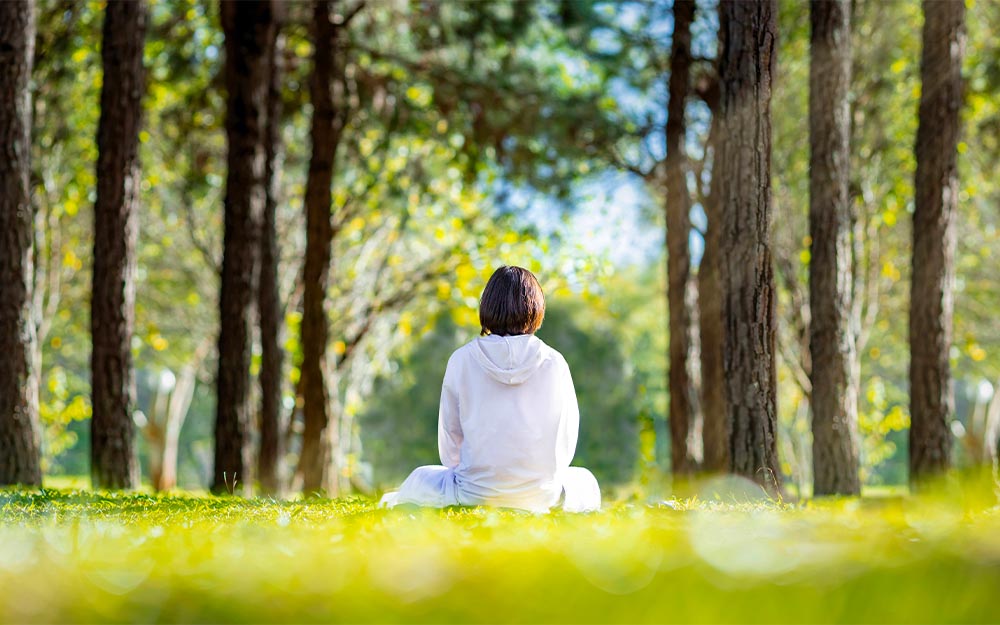November is National Gratitude Month and marks the beginning of the season when many people are thinking about what they’re thankful for.
Defining gratitude
“Gratefulness is an emotion, and it can also be a perspective—noticing what is around us, without judgment, and being thankful for what is,” says Krystle vanDeursen, therapist at Rogers in Seattle. “Gratitude in and of itself isn’t a lifestyle, though it can be part of one. Much like mindfulness or brushing your teeth, it takes practice to build the habit, and that practice does not mean perfection. There will be days where practicing gratitude comes easily. There will be days where it feels impossible, and there will be a lot of in-between days. Keep at it!”
Krystle is quick to point out that practicing gratitude doesn’t mean convincing yourself everything is okay when it’s not.
“I’m not saying just be grateful and put on rose-colored glasses, as it often doesn’t feel that easy,” she explains. “As humans, we experience both comfortable and uncomfortable thoughts, emotions, and events, and sometimes, it can feel easier, or more pressing, to focus on what is uncomfortable.”
Practicing gratitude, she says, invites a shift in perspective and a chance to appreciate things that may otherwise go unnoticed.
“For example, I woke up this morning and when I turned on the faucet to wash my face, the water was warm, and I appreciated that,” she says. “It’s a small thing, but if the water wasn’t warm, I would notice. We tend to get used to all the things we have and not necessarily always notice or feel grateful for them. Cultivating a gratitude practice is about your intention, and not necessarily how you feel. You may not feel immediately overwhelmed with thankfulness, and that’s okay! With repetition, your intention of practicing gratitude may start to impact your overall mood.”
What are some of the mental health benefits of practicing gratitude?
Krystle says practicing gratitude benefits a person’s mental health in several ways:
- It provides the opportunity for balanced thinking. “As mentioned above, it can feel natural to focus on the more ‘negative’ aspects of life while paying little to no attention to the ‘positives.’ By shifting our perspective, we may find more balance in our overall thinking and thought patterns.”
- Gratitude creates space for positive connection. “Humans are connection-seekers, and we often connect by venting. Picture this: you’ve had a challenging day at work and come home to your support people. Naturally, you may want to focus more on what went wrong in your day rather than glimpses of what went well. Adding in a daily gratitude practice may allow you to have a more holistic view of your day and connect with your support people in a different way.”
- It also helps control emotions. “Practicing gratitude can serve as a grounding technique. For example, try naming something you’re grateful for that starts with each letter of the alphabet. It can reduce feelings of hopelessness and helps a person become more able to manage uncomfortable emotions.”
What are some ways a person can practice gratitude?
Krystle says there isn’t one right way to practice gratitude, saying, “It’s about your intention!” She shares a few ideas to help you get started:
- Get a gratitude journal. It’s good to have a physical reminder to make practicing gratitude part of a daily routine.
- Try a gratitude app. This could be especially helpful for kids and teens.
- Practice yoga with the intention of focusing on gratitude.
- Engage in guided meditation. It can be helpful to have an outside voice guiding you through things to think about. Search for guided meditations geared toward gratitude.
- Write a letter to someone you’re grateful for.
- Volunteer. It’s not something that immediately comes to mind, but it can remind us of what we have in our lives to be thankful for.


